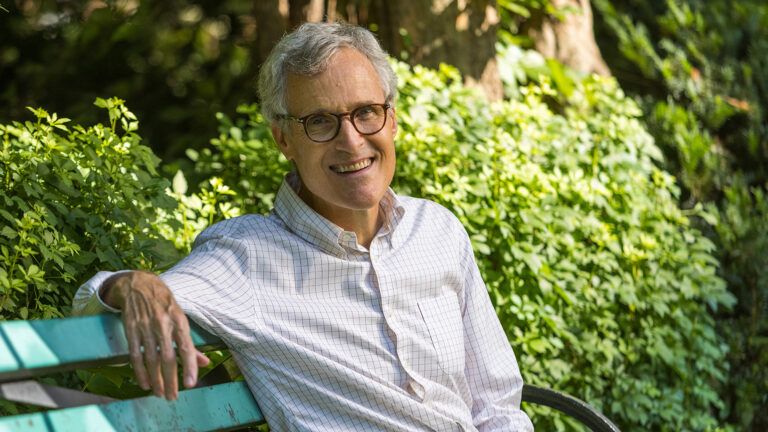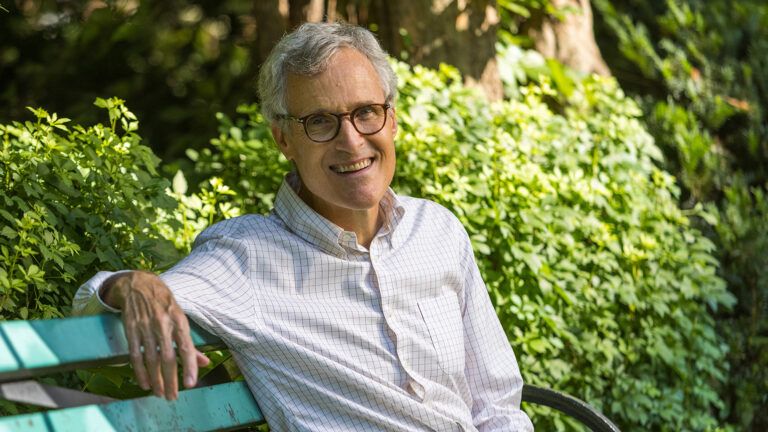On May 10, 1959, Dorothy Collins Rowell—Mayflower descendant, divorced mother, schizophrenic—went into labor. She staggered out of her apartment and used a pay phone to call a taxi to take her to the hospital in Portland, Maine. She didn’t ask anyone to watch her young son and two toddler daughters. In her mind, it seemed safer to leave her children at home, go to Mercy Hospital, have her baby and hurry back.
Neighbors notified child welfare services. Dorothy’s ex-husband picked up his son. The two girls, who were biracial, were moved to an orphanage until a black family could be found to foster them. Dorothy’s newborn daughter, the product of a summer romance with a black sailor, was declared a ward of the state.
That baby, Victoria Lynn Rowell, was me. I don’t have conscious memories of my first foster mother, a grandmotherly white woman. But I know that she created a foundation of love that would live on in me even if I couldn’t name its origin.
Social workers thought a black family would be better for me. Dorothy agreed, insisting I be raised with my sisters in a home with foster, not adoptive, parents so that she might one day reclaim us.
On a snowy day in April 1961, I was taken to the home of Agatha Wooten Armstead, the first foster mother I remember, and the one I lived with the longest.
Agatha never intended to become a foster parent. She and her husband, Robert, thought their childrearing years were over. They’d raised their large brood just outside Boston. Robert worked for the railroads and as a custodian. Resourceful Agatha supplemented the family income. She was a saleswoman at department stores, where her sense of style won her a loyal clientele. She had property investments. She took in pressing and tailoring. During World War II she worked in a shipyard.
Agatha used her savings to buy Forest Edge, a 60-acre farm in West Lebanon, Maine, envisioning it as her piece of paradise where she would spend a well-earned retirement. The one problem: There were no jobs to be had for Robert, and what was a workingman without work to do?
One day in 1959 Agatha had a last-ditch idea: Go to Mercy Hospital in Portland, which was sure to have an opening. That’s why the Armsteads, a black couple in their late 50s, happened to walk into the hospital right after the staff put out a bulletin for a foster family of color for my older sisters.
Before Agatha and Robert could explain why they were there, they were whisked into a meeting. The staff asked them about their background, then broached the question, “Have you ever thought about becoming foster parents?”
They hadn’t but Agatha filled out an application, feeling that she was being called to serve. Robert was hired on as a custodian. Soon my sisters moved to the farm, loved by the Armsteads as if their own. Our birth mother pleaded with Agatha to take me in too. Agatha agreed, and one snowy April day I arrived at Forest Edge.
Robert and I were inseparable. I remember sitting on Grandpa’s big knee, him giving me a horsey ride at the red Formica kitchen table. I can still connect with that feeling of being utterly safe and loved.
Just six months after I came to Forest Edge, Robert died of pneumonia. Agatha mourned quietly, then announced that she would celebrate Grandpa’s life with a huge family cookout every August on his birthday.
Really, every day was Ma’s personal celebration of life, nature, art, music, language, family and work. She was a gifted jazz pianist and played her Steinway baby grand at dusk. She had a great respect for the English language—spelling and grammar mattered. She had an encyclopedic knowledge of flowers. She could cook with a capital C and bake even better. She could paint, knit, sew, hook a rug, crochet, till, plant, harvest, design, build and fix.
I followed Agatha, soaking up everything. Before I could read and write, I could name flowers, birds, various reptiles, and every animal on the farm. I learned that follow-through and completion are the only means to earning a desired result. Take Agatha’s garden, for instance, which began with inspiration she gleaned from magazines and the Burpee seed catalog and ended with a glorious harvest.
I would have been content to stay on the farm forever, but in August 1965 there came a moment that put me on the path to a career in the performing arts (not that I realized it then). Agatha, looking over my school clothes, noticed the toes on my newest red Keds were already worn through. “Vicki, why do you keep getting these holes in your sneakers?” she asked.
“From the barn,” I said. “I got them trying to stand on my toes.”
“Standing on your toes?” Ma was curious. “Show me.”
Off we went to the barn. I lifted myself onto my toes like a little girl I’d seen on a TV variety show, pressing the tops of my sneakers into the rough-hewn floor.
An expression of wonder came into Agatha’s eyes. How could holes in my sneakers make her this happy?
“Come with me, sugar,” she said, leading me back into the house. She lifted the lid of the baby grand and propped it open, something she only did for special occasions. She sat down and spread her fingers across the ivories. “Let’s have fun, Vicki!”
I wasn’t sure what to do. “Move around the room, honey,” Ma gently commanded. “Do anything, just dance!”
I let her voice and the music emanating from her piano move me, lift me, twirl me. “Sugar, there’s no doubt about it,” Ma said, “we’ve got to get you some dance lessons.”
Ma searched for magazines and books to educate her on the history and practice of ballet and provide visuals. She found an article that illustrated the six rudimentary positions of the feet and arms.
That’s how I began my ballet classes in the living room at Forest Edge. Holding on to a heavy enameled doorknob for balance, I tried to re-create the positions. They felt completely unnatural. But when Ma started to play, I couldn’t help but dance, creating movements inspired by her love of all that was soulful, elegant and beautiful.
The living-room lessons continued while Ma looked for an affordable ballet school for me. In the spring of 1968 she heard the Cambridge School of Ballet in Massachusetts was holding auditions for its summer scholarship program. Agatha put me on the bus to Boston, where one of her grown sons would be waiting to take me to the auditions.
A traffic accident delayed the bus, and by the time my uncle and I arrived at the ballet school, the auditions were over. But the elegant woman in charge said, “You’re here now, let’s dance, shall we?” She asked me to show her the six rudimentary positions. I sailed through this part of the audition. The next part involved French terms that hadn’t been in the Forest Edge curriculum. She demonstrated the movements, and I followed along.
“Good,” she said, then asked, perplexed, “Vicki, where did you study ballet?”
“I learned from a book.”
“A book?” She was astounded.
“Yes, Ma…I mean my foster mother, Mrs. Armstead, Agatha, she taught me.”
I won a scholarship, and at the end of June, I left Forest Edge for summer ballet school. Before I got in my uncle’s car, I glanced up at the sky studded with stars, then back at Ma, standing under the porch light. She was beaming the brightest of all.
Agatha Armstead, my guiding light, my mother, grandmother, teacher, inspiration, best friend. My everything.





